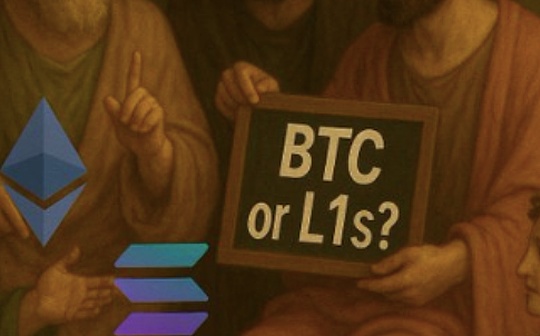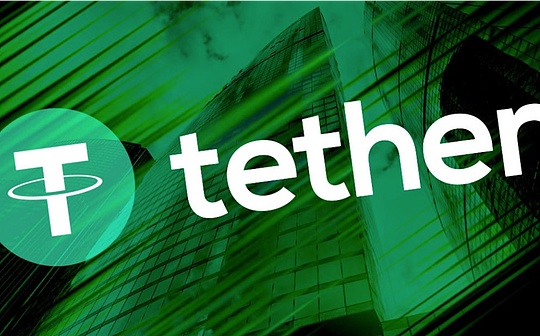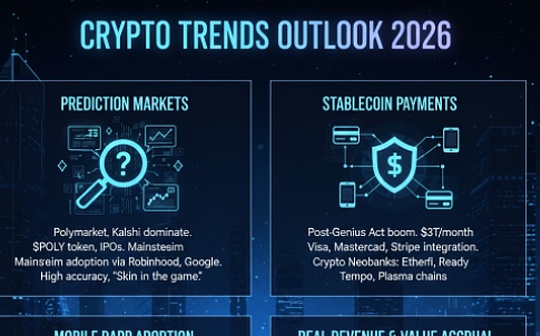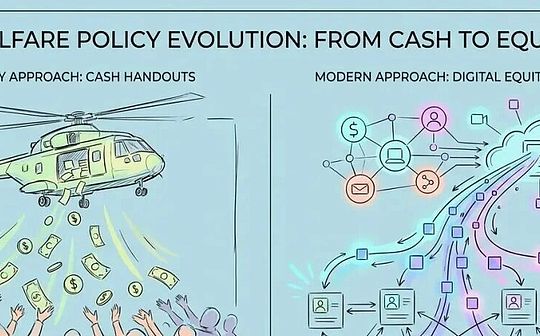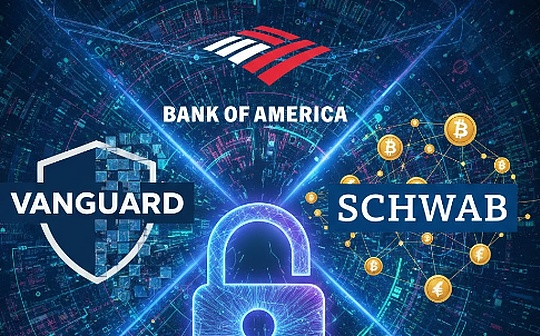
A performance report
The “FASTEST Chains” report released by Coingecko on May 17th shows thatSolana is the fastest in the large blockchain, The highest daily real TPS reaches 1,504 (has been removed from voting transactions). The SUI is the second fast blockchain.Essence
>
From this report, it can be seen that the best performance Solana and Sui are non -EVM compatible blockchain. Furthermore, 8 non -EVM compatible blockchain average real TPS is 284, 17 EVM compatible blockchain and blockchain and 17 EVM compatible blockchain and blockchain and blockchain and blockchain and compatible blockchain and blockchain and compatible blockchain and blockchain.The average TPS of Ethereum Layer2 is only 74. The performance of non -EVM compatible blockchain is about 4 times that of EVM compatible blockchain.
This article will be discussedEVM compatible blockchain performance bottleneckAnd unveiledSolana’s way of performanceEssence
EVM compatible blockchain performance bottleneck
>
First of all, we broaden EVM blockchain to general blockchain.Generally, the blockchain wants to improve the TPS, Generally there are several methods:
-
Improve node performance:Improving the performance of the node through the stack of hardware resources. The hardware requirements of the node will affect the degree of decentralization. For example; Solana recommends a relatively higher CPU 32 core, memory 128g, network bandwidth 1Gbps, professional -grade equipment can be achieved, the degree of centralization is average;
-
Improve the underlying protocol:Including network protocols, cryptography, storage, etc., improving the underlying protocol of the blockchain does not change the attributes of the blockchain itself, nor does it affect the operating rules of the blockchain.At present, there is no major breakthrough in the research field;
-
Expand the block:Increasing the size of the block can contain more transactions, thereby increasing the transaction throughput of the blockchain. For example, Bitcoin Cash (BCH) expands the block from 1 MB to 8 MB, and then expands to 32 MB.However, the expansion of the block will also increase the delay of spread and cause security threats, such as increasing the possibility of fork and DDOS attack;
-
Consensus agreement:The consensus agreement ensures that each node of the blockchain reached an agreement on the state update of the blockchain. It is the most important security door of the blockchain. The consensus mechanism that has been used for blockchain is POW, POS, PBFT, etc.In order to meet the needs of scalability, general high -performance public chains will improve consensus agreements and combine their own special mechanisms, such as Solana’s POH consensus mechanism, Avalanche avalanche -based consensus mechanism;
-
Transaction execution:The transaction execution only cares about the number of transactions or computing tasks processed within the time of the unit. The blockchain and other blockchains such as Ethereum execute the smart contract transactions in the block. In serial executionIt restricts the throughput of the blockchain.Generally, high -performance public chains will adopt parallel execution methods, and some will also propose more conducive to parallel language models to build smart contracts, such as SUI MOVE.
For the EVM blockchain, because the virtual machine, that is, the execution environment of the transaction is limited,The biggest challenge is transaction executionEssenceEVM has two main performance problems:
-
256 -bit:EVM is designed as a 256 -bit virtual machine to make it easier to handle the hash algorithm of Ethereum, which will clearly produce 256 -bit output.However, a computer that actually runs EVM needs to map the 256 -bit bytes to the local architecture to execute. One EVM operating code will correspond to multiple local operating codes, so that the entire system becomes very inefficient and unreasonable;
-
Lack of standard libraries:There is no standard library in Solidity. You must use the solidity code to implement it. Although OpenZepPeelin has improved this situation, they provide a standard library implemented by Solidity (by included the code in the contract or in the form of delegateCall, the deployment is deployed and deployedContract), but the execution speed of the EVM bytecode is far less than pre -compiled standard libraries.
From the perspective of optimization, EVM still has two major shortcomings:
-
It is difficult to do static analysis:The parallel execution in the blockchain means handling unrelated transactions at the same time, and regards irrelevant transactions as an incident that does not affect each other.The main challenge to implement parallel execution is to determine which transactions are irrelevant and which are independent. At present, some high -performance public chains will analyze static analysis of transactions in advance.Items
-
JIT compiler is immature:The JUST In Time Compiler is a commonly used method for modern virtual machines. The main goal of JIT is to turn the interpretation execution into compilation execution.During the operation, the virtual machine compiles the hotspot code into a machine code related to the local platform and optimizes various levels.Although there are EVM JIT projects, it is still in the experimental stage and is not mature enough.
Therefore, from the choice of virtual machines, the high -performance public chain is more adopted by WASM, EBPF bytecode or MOVE bytecode, not EVM.For example, Solana uses its unique virtual machine SVM and EBPF -based bytecode SBF.
FASTST Chains: Solana
>
SolanaPOH(Proof of History) mechanism and famous low -delay and high throughput are one of the most famous “Ethereum killers”.
The core of POH is a simple hash algorithm similar to verified latency function (VDF).Solana is implemented using a sequence pre-image resistance (SHA-256). This function continues to run and uses a iterative output as the next input.This calculation runs on the single core of each verification.
>
Although sequence generation is sequential and single -threaded, the verification can be carried out in parallel, so as to achieve efficient verification on the multi -core system.Although the hash speed has the upper bounds, the hardware improvement may provide additional performance improvement.
>
Solana consensus process
The POH mechanism, as a reliable and no need to trust, create verified and orderly event records in the network.POH -based timingAllow the Solana network to rotate leaders in a predetermined and transparent mannerEssenceThis rotation is carried out in a fixed time interval, and it is 4 slot (slot). Each slot is currently set to 400 milliseconds.换 This kind of leader’s rotation mechanism ensures that every verification person who participates in has a fair opportunity to become leaders. It is an important mechanism for SOLANA network maintenance decentralization and security to prevent any individual verifier from obtaining too much power on the Internet.
>
At the time period of each slot, the leader proposes a new block that includes a transaction received from the user.Leaders verify these transactions, pack them into a block, and then broadcast the rest of the network to the network.This proposal and the process of broadcasting blocks are called block production, and other verificationrs in the network must vote for the effectiveness of the block.Verifier checks the content of the block to ensure the effectiveness of the transaction and abide by the network rules.If a block is voted by most equity weights, the block is considered confirmed.This confirmation process is essential for maintaining Solana network security and preventing double flowers.
At the end of the current leader, the network will not stop or wait for the block confirmation. Instead, it will move to the next time period to provide the opportunity for block production for subsequent leaders. The whole process will start again.This method can ensure that the Solana network maintains high throughput and elasticity, even if some verificationrs encounter technical problems or offline.
Solana’s way of performance
Since Solana network can confirm leaders in advance, Solana does not need a public memory pool to save users’ transactions.When the user submits a transaction, the RPC server converts it into a Quic packet and immediately forwards them for the verification of the leader.This method is calledGulf StreamIt allows fast leaders to transform and transaction pre -execution, reducing the memory load of other verificationers.
Solana’s block data is brought into the kernel space, and then passed to the GPU for parallel signature verification. Once the GPU verifies the signature, the data will be passed to the CPU for transaction execution, and finally returns to the kernel space for data persistence.This is divided into multiple processing processes of different hardware components, calledAssembly line technology, Can maximize the utilization rate of hardware, speed up the verification and transmission speed of the block.
Because Solana’s transaction is explicitly specified which accounts are specified, Solana’s trading scheduler can use the read and write lock mechanism to perform parallel transactions.Each thread of Solana trading scheduler has its own queue, sequentially and independent handling transactions, trying the accounts that lock (read and write locks) trading and execute the transaction. The transaction of account conflict will be executed later.This multi -thread parallel execution technology is calledSealevelEssence
The process of leaders to spread blocks divide the QUIC packet (optional use of use) into smaller data packets and distribute them to verifications with layered structures.This technology is calledTurbineIt is mainly to reduce the bandwidth use of leaders.
During the voting process, the verification person uses a consensus mechanism for fork voting.Vermitters can continue to perform block production without waiting for voting; on the contrary, block producers will continue to monitor effective new votes and incorporate them into the current block in real time.This consensus mechanism is calledTowerBFTWith real -time merging fork voting, Solanda ensures a more efficient and more streamlined consensus process, thereby improving the overall performance.
In response to the durable process of the block, Solana has developedCloudbreakThe database is partitioned by a specific way to benefit from the speed of order operation and uses memory mapping files to maximize the efficiency of SSD.
In order to reduce the burden of verifications, Solana shifted data storage from the verification person to the nameArchiverNode network.The historical records of the transaction status are split into many fragments and use the default code technology.Archiver is used to store fragments, but does not participate in consensus.
Summarize
Solana’s vision is to become a blockchain that expands its software at the speed of the hardware. Therefore, Solana makes full use of all CPUs, GPUs and bandwidth capabilities available in today’s computers to maximize performance. The theoretical maximum speed can reach 65,000 TPS.
Because of the high performance and expansion of Solana that SOLANA is the first blockchain platform for processing high -frequency transactions and complex smart contracts. Whether it is the DEPIN/AI track at the beginning of the year, or the recent hot MEME track, Solana shows thatGreat potential.
After Ethereum ETF was launched, Solana also became the largest cryptocurrency of the next ETF call. Although SEC still listed Solana as securities, other cryptocurrency ETFs would not be approved in a short time.But in the encryption market, consensus is value, and Solana’s consensus may be as degenerated as Bitcoin and Ethereum.

